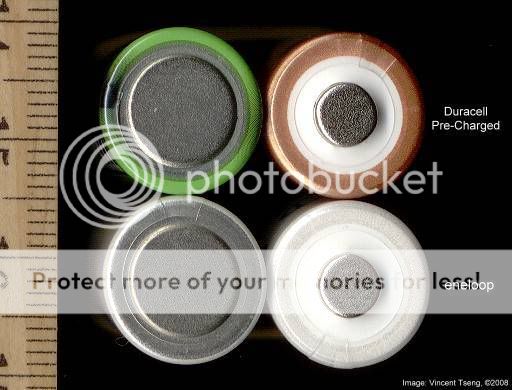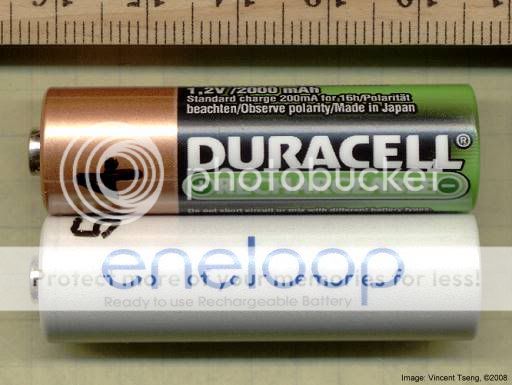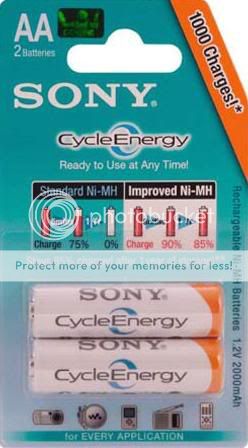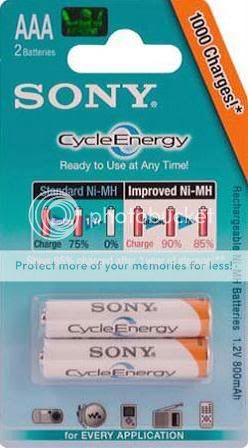SaVaGe
Enlightened
I know that the Sanyo Eneloop are good for my Fenix L1,L2 & LOD Q5's
(Q4 FOR THE LOD). How about the new DURACELL NiMh rechargables at 2650 mAh? because my Eneloops are only 2000 mAh. Is there a difference? I know that they are same with the eneloops 1.5V each.
The reason is, just incase eneloops are hard to find the DURACELL 2650 mAh are widely available.
(Q4 FOR THE LOD). How about the new DURACELL NiMh rechargables at 2650 mAh? because my Eneloops are only 2000 mAh. Is there a difference? I know that they are same with the eneloops 1.5V each.
The reason is, just incase eneloops are hard to find the DURACELL 2650 mAh are widely available.









